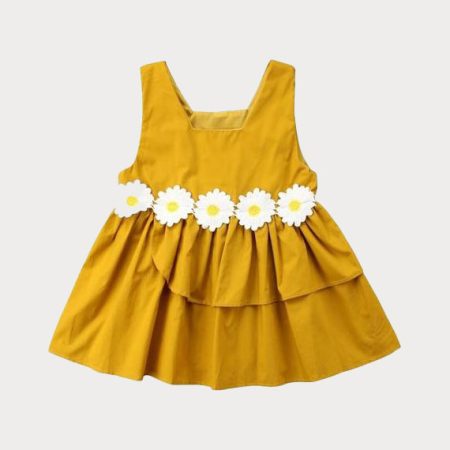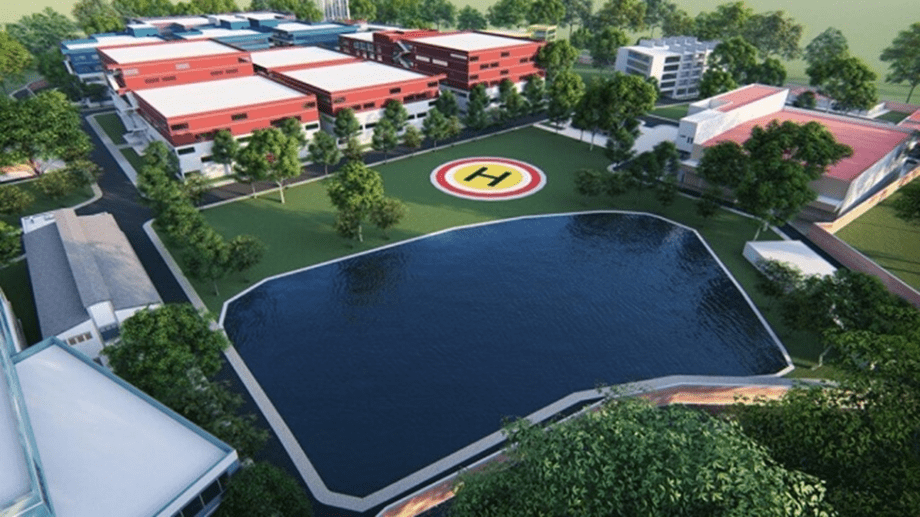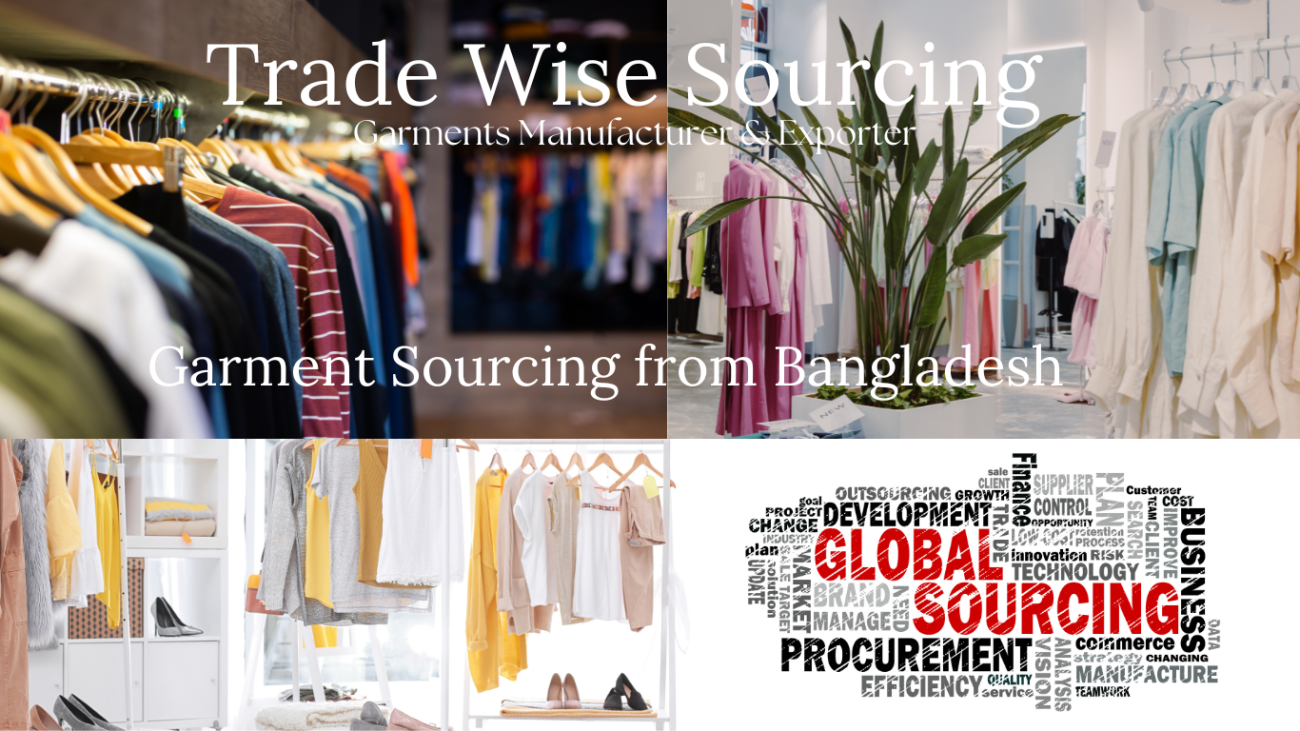Bangladesh Shoe City: A New Era of Innovation in Footwear
Pioneering Excellence in the Global Footwear Industry
Bangladesh is rapidly gaining recognition as a hub of innovation in the footwear industry, with Shoe City leading the charge. This burgeoning center of excellence is revolutionizing footwear production through cutting-edge technology, skilled craftsmanship, and a commitment to sustainability. At Trade Wise Sourcing, we celebrate this transformative milestone in Bangladesh’s industrial landscape.
Why Bangladesh Shoe City Stands Out
- State-of-the-Art Technology
- Incorporates advanced manufacturing processes for precision and efficiency.
- Leverages automation and AI to produce high-quality footwear at scale.
- Skilled Workforce
- A well-trained workforce ensures impeccable craftsmanship.
- Combines traditional techniques with modern methodologies for unique, durable designs.
- Sustainable Practices
- Prioritizes eco-friendly materials and processes to reduce environmental impact.
- Adopts recycling initiatives to minimize waste in production.
- Competitive Edge in Global Markets
- Offers cost-effective solutions without compromising on quality.
- Builds strong relationships with international buyers, boosting exports.
Trade Wise Sourcing’s Role in Supporting Bangladesh Shoe City
At Trade Wise Sourcing, we play an active role in promoting Shoe City as a leader in the footwear industry by:
- Facilitating Global Partnerships: Connecting international buyers with reliable footwear manufacturers.
- Promoting Sustainable Footwear: Advocating for environmentally friendly practices in sourcing and production.
- Driving Innovation: Collaborating with manufacturers to implement cutting-edge technologies and trends.
The Impact of Shoe City on the Footwear Industry
- Economic Growth: Boosts employment opportunities and strengthens Bangladesh’s economy.
- Global Recognition: Positions Bangladesh as a key player in the competitive footwear market.
- Innovation Leadership: Sets a benchmark for excellence in design, sustainability, and manufacturing.
Join the Footwear Revolution with Trade Wise Sourcing
Whether you’re a retailer, wholesaler, or distributor, Trade Wise Sourcing offers tailored solutions to help you source premium footwear from Bangladesh Shoe City. Experience innovation, sustainability, and quality like never before.
Contact Us Today
Looking to explore opportunities in Bangladesh’s thriving footwear industry? Partner with Trade Wise Sourcing to access reliable manufacturers and high-quality products from Shoe City.








Leave a comment